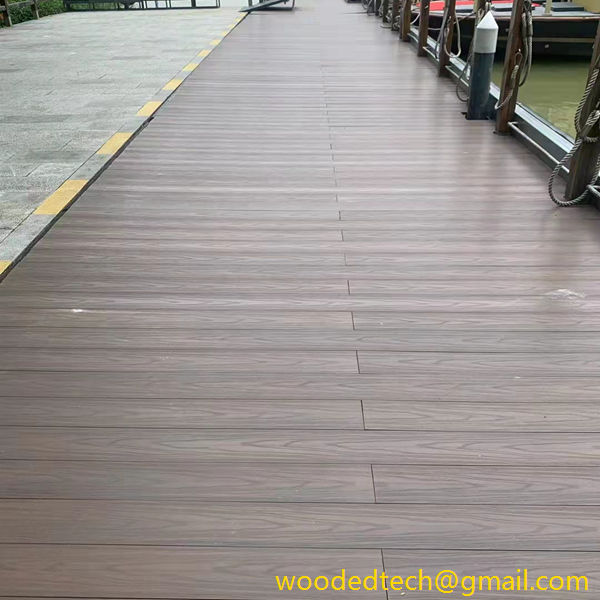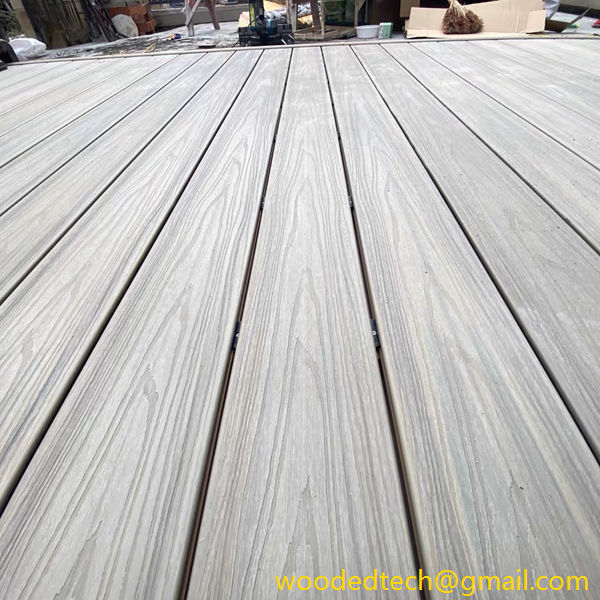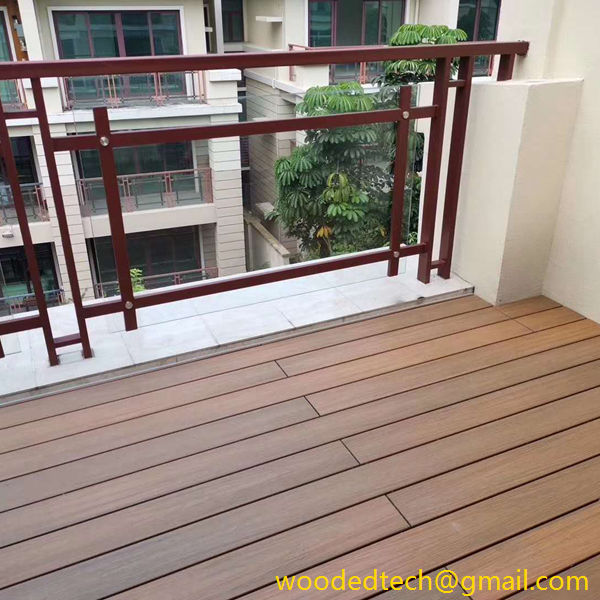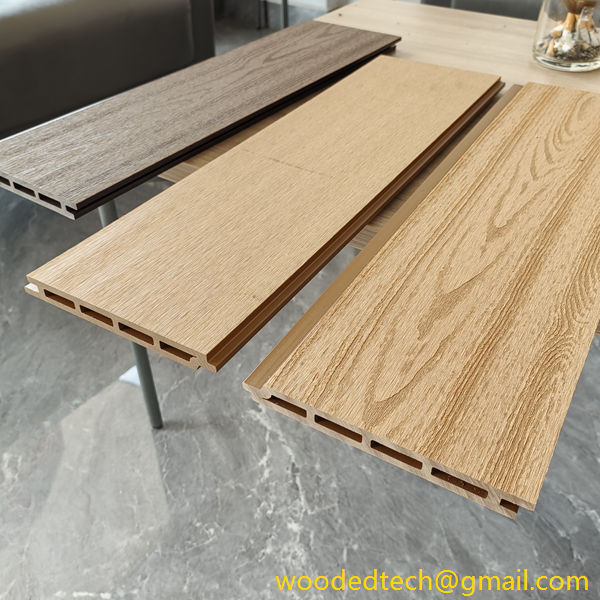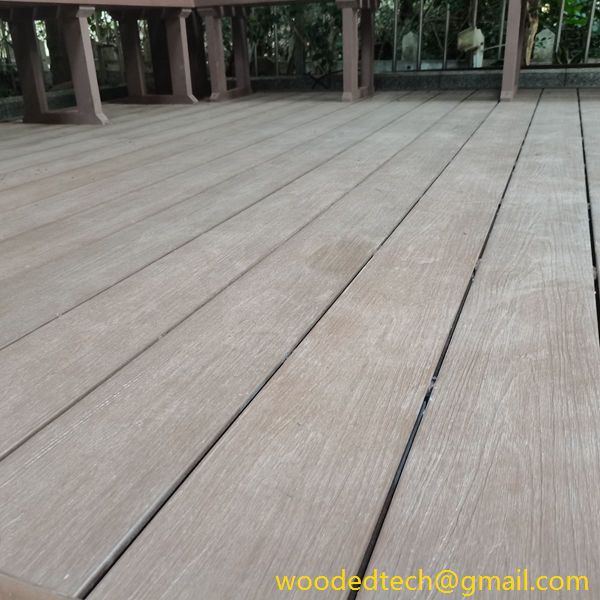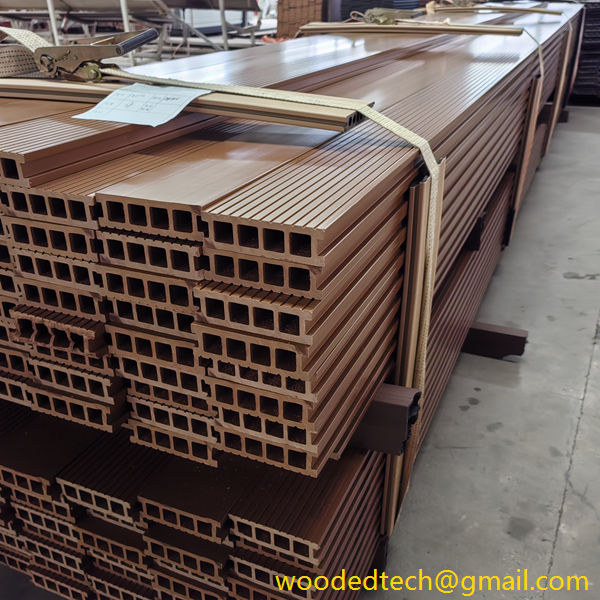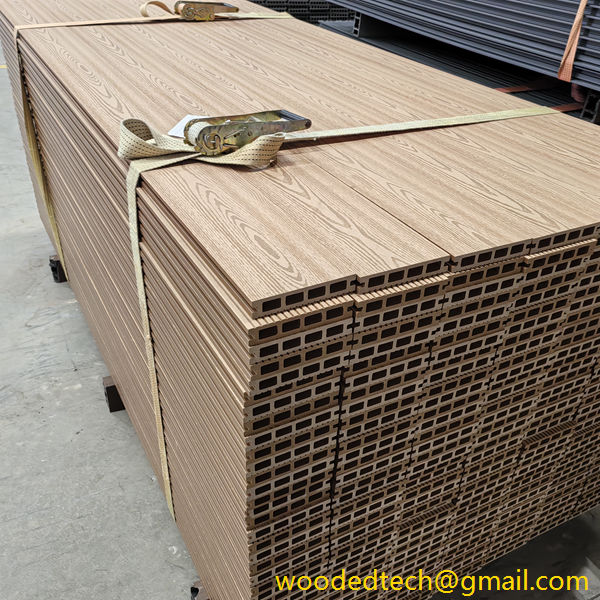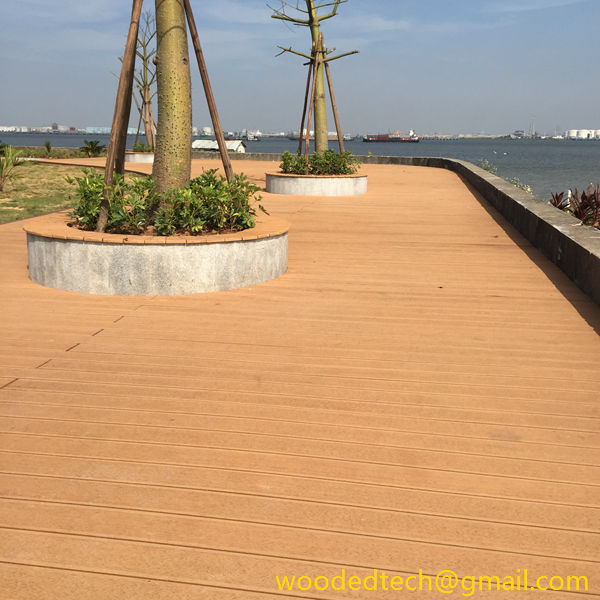デッキ・コンポジットの効果的な修理とメンテナンスのヒント
効果的なデッキの補修とメンテナンスのためのヒント コンポジット・デッキの補修とメンテナンスは、正しい知識と道具を使えば簡単にできます。木質繊維と再生プラスチックを主成分とするコンポジットデッキは、耐久性に優れ、寿命が長いのが特徴です。しかし、他の屋外構造物と同様、耐久性を維持するためには定期的なメンテナンスが必要です。
デッキ・コンポジットの効果的な修理とメンテナンスのヒント
Maintaining and repairing a composite deck can be a straightforward process when approached with the right knowledge and tools. Composite decking, composed mainly of wood fibers and recycled plastic, offers durability and a long life span. However, like any outdoor structure, it requires routine maintenance to preserve its aesthetic appeal and functionality. Understanding the best practices for effective deck composite repairs and maintenance can extend the life of your investment and ensure its beauty over the years.
One of the most crucial aspects of composite deck maintenance is regular cleaning. Dirt, debris, and organic material like leaves can accumulate on the surface of the deck, creating an environment conducive to mold and mildew growth. To prevent this, it is recommended to sweep the deck regularly, especially during the fall months when leaves are likely to collect. A pressure washer can be beneficial for deep cleaning, but care must be taken to avoid damage to the composite material. Use a pressure setting that is appropriate for composite decking materials, usually no more than 1200 psi, and maintain a safe distance from the surface to prevent damage.
Stains can be an enemy of composite decking. Oil spills, food, and drink stains, or even rust from outdoor furniture can tarnish the surface. For minor stains, a gentle cleaning solution made specifically for composites can work wonders. Always follow the manufacturer’s guidelines when using cleaning products, as some harsh chemicals can degrade the integrity of the composite materials. For more severe stains, it may require more intensive measures, such as utilizing a composite-safe scrub brush or even sanding down the area to restore its original look.
In addition to cleaning, inspecting the deck regularly for any signs of wear and damage is essential. Over time, weather conditions can cause the composite boards to fade, warp, or become loose. A visual inspection can help identify any problematic areas before they escalate into major repairs. Look for cracked boards, loose fasteners, or any part of the deck that feels unstable. Addressing these issues promptly can prevent safety hazards and more extensive repair costs down the line.
If damage is found, repairing composite decking can often be a DIY task if you have some basic tools and knowledge of how the materials work. When replacing a damaged board, it is vital to select a replacement that closely matches the existing material in color and texture to maintain a uniform appearance. Typically, composite boards are attached using hidden fasteners or screws. If your deck has hidden fasteners, replacements can be straightforward, but if screws have been used, carefully remove the damaged board and install the new one. Ensure all fasteners are tightened securely to maintain the structural integrity of the deck.
Another tip for effective repairs involves checking the supporting structure beneath the deck. While the composite boards themselves are resistant to rotting and insect damage, the underlying support structure often consists of wood, which can deteriorate over time. Inspect the joists and beams for signs of rot or wear. If any damage is detected, it is crucial to replace or repair these components to ensure the entire deck remains stable and safe.
Seasonal changes can also impact the maintenance schedule for your composite deck. Before winter or summer, it is wise to conduct a thorough examination and perform cleaning or repairs as needed. In winter, snow and ice can accumulate on your deck, potentially leading to slipping hazards. It is advisable to avoid using metal shovels, which may scratch the deck surface. Instead, consider using a plastic snow shovel or treating the deck with a safe ice melt product that’s appropriate for composite materials.
In addition to regular maintenance, protecting your composite deck from harsh weather conditions can prolong its lifespan. Utilizing a deck cover during seasons when the deck is not in use can shield it from sunlight, snow, and rain. This is particularly useful in prolonging the appearance of the deck, preventing fading due to UV rays, and reducing moisture exposure, which can lead to mildew growth.
If your composite deck shows signs of fading, it may be beneficial to apply a composite deck stain or sealer designed for use on synthetic materials. This can help restore the color and offer an additional barrier against the elements. Again, it is important to choose products that are compatible with your specific brand of composite decking to avoid any adverse reactions.
Finally, consider the long-term strategy for your composite deck’s care. Having an annual or bi-annual maintenance routine can make tasks more manageable and keep the deck looking its best. Document any repairs or treatments you carry out, as this log can serve as a valuable reference for future maintenance and potential buyers should you decide to sell your home.
In conclusion, effective deck composite repairs and maintenance revolve around regular cleaning, timely inspections, and proactive repairs. By adopting a systematic approach to caring for your composite deck, you can ensure it remains a beautiful and functional outdoor space for relaxation and entertaining for many years to come. Remember, investing time and effort into maintenance will pay off in preserving the performance and appearance of your deck, making it a worthy addition to your home.

